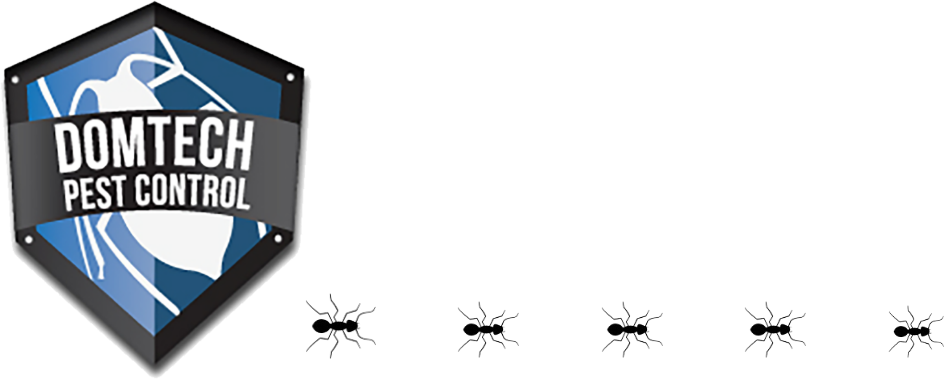Yellow Jackets
Yellow jackets are wasps that average ½ inch in length and have yellow and black striped markings on their short, stocky bodies.
Yellow Jackets
They are frequently misidentified as honeybees. While yellow jackets are beneficial to our ecosystem (as they feed on house and blowfly larvae, and insects like caterpillars, which can damage crops and ornamental plants in your garden), they are a more aggressive threat than bees and other wasps/hornets. They will sting to protect their nest and will sting even when not provoked. They are also capable of stinging more than once due to the absence of barbs on their stinger.
Yellow jackets are social wasps that live in colonies, with a caste system. Nests can often be seen attached to structures. They commonly build their nests in underground holes, eaves, soffits vents, behind shutters, and in attics and walls voids of homes. Nests can be made in rodent burrows, wood piles, tree cavities, and even crevices in masonry. Yellow jacket nests can survive winters; however, they are never used again. Once the nest is ready, the queen will lay her eggs within in.
The yellow jacket queen’s first larvae will mature into infertile female workers by mid-summer, where they will fulfill their worker roles by expanding the nest, searching for food, and caring for the queen and her young. The queen remains dedicated to expanding the colony, and remains in the nest, laying eggs. A colony can grow as large as 5,000 yellow jackets in a season.
A yellow jacket colony only lives for one year, however, fertilized female yellow jacket wasps overwinter in leaf litter, hollow logs, and man-made structures. In early spring, these fertilized females will become new individual queens. Each queen searches for a brand-new nesting site, where she will construct a nest from chewing plant fibers into a paper-like material.
Come fall, the queen will produce eggs which will develop into adult male and fertile female yellow jacket wasps. Post mating, which takes place away from the colony, the male yellow jacket wasps die, and fertilized females continue the life cycle by seeking out sheltered locations to overwinter. This could be in your home or business. As the weather continues to cool, and winter arrives, all remaining worker yellow jacket wasps die.
Yellow jackets become an enormous nuisance in late summer when their populations are large, and nests are located near people, particularly if indoors in attics or walls voids, or outdoors in trees, shrubs, or sheds close to outdoor entertainment areas like patios, decks, and pools. They scavenge trash cans and picnics, as they are attracted to human garbage.









